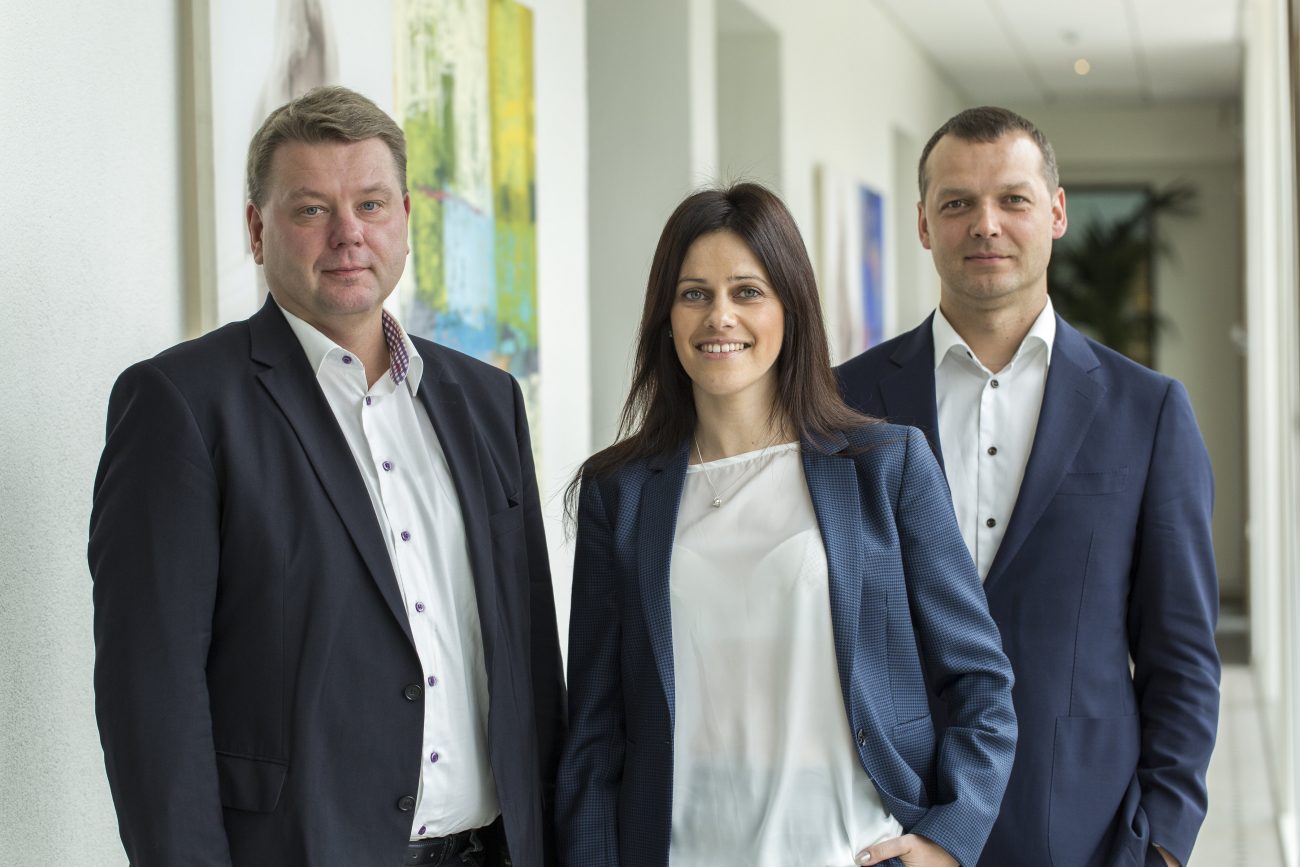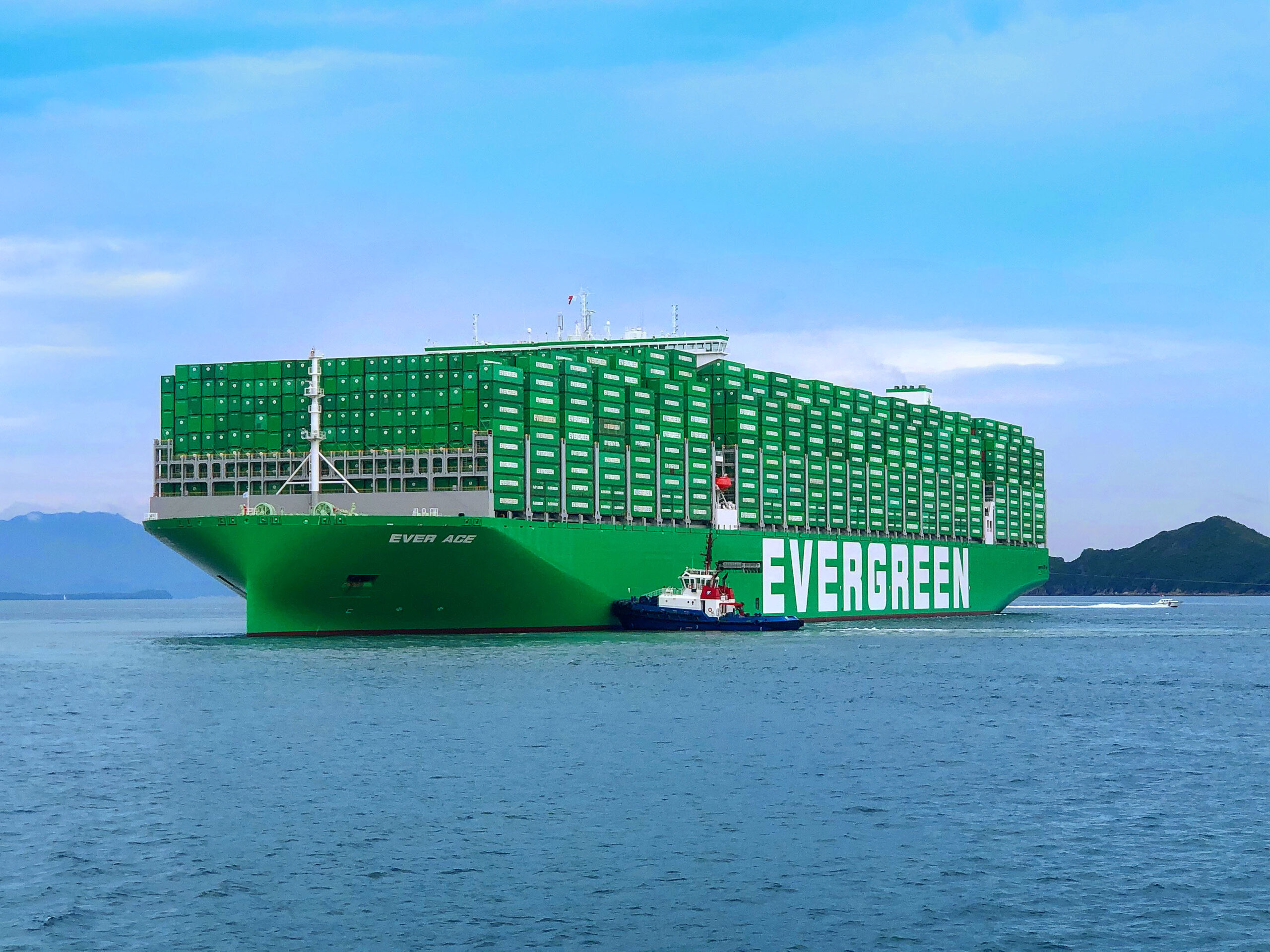On the 17-19th of April Greencarrier participated in the TransRussia exhibition in Moscow. It’s the largest exhibition of Transport and Logistics Services in Russia and it’s a huge event where about 350 of the leading transport and freight forwarding companies, as well as the major cargo owners, are brought together. In this article Julia Rahula, Janne Tilus and Ingars Grinbergs, who represented us at TransRussia, share some observations and trends spotted on the exhibition.
Observations from this year’s exhibition
This year was a very busy and active exhibition, it was tightened to three days instead of four and the number of visitors, 16 600 was even higher than previous years. The visitors came mostly from Russia, Baltic and CIS countries but more surprisingly there was also visitors from the Mediterranean area, such as Italy, Israel and Egypt.
This year’s exhibition had more participation from Trans-Siberian railway operators than usual, and at the same time less presence from international forwarders and shipping lines. We have noticed more Chinese forwarders joining the exhibition since the trade between China and Russia is increasing year by year. We particularly see a growing demand for smoother and cheaper door-to-door solutions from China to western parts of Russia.
A great platform for business
From a business point of view the exhibition is a great platform to meet many of our customers, partners and suppliers. We are focusing mainly on customer meetings during the three days at the exhibition. We have been working with Russian clients for several years and they now expect to meet us at TransRussia. But it’s also an opportunity to meet new potential customers and to show the Greencarrier brand and what we stand for.
Eight trends spotted at TransRussia
- Combinations of different transport modes for one cargo flow is increasing, for example using both sea and rail in order to shorten transit times.
- New transport corridors. Customers are interested in alternative solutions through different gateways as Baltic, Russian and Vladivostok ports, as well as railway corridors through Germany, Poland or directly to Russia.
- Rail has become a very important mode of transportation when fast transit times are crucial. Either direct China to Moscow or via Vladivostok to Moscow. As a result of this we have seen more rail operators participating in Transrussia over the past years.
- Focus on IT solutions. There were several companies offering IT solutions for the transport and supply chain. It was also a topic for the panel discussions performed in the conference hall during the exhibition days.
- Russian customs clearance have a crucial influence on what routes the customers will choose for their cargo to Russia. Therefore actions of the Russian government will have a big influence on cargo routing.
- Russian Ports. A trend we might see in a short future is more cargo to be routed via Russian ports, instead of Baltic and Finnish ports.
- Transit via Kotka. The volumes of Russian transit cargo via the port of Kotka in Finland is increasing again after many years of negative trend.
- The Russian economy is suffering from western sanctions and the currency volatility, which has a negative impact on the cargo volumes. The customers are waiting for the Russian Rouble to recover.
To sum up, there are many factors that play an important role on the market situation. We face many challenges, but also possibilities, ahead of us and we are excited to continue to serve our Russian customers and to find the best solutions in the future.
We look forward to meeting you in Moscow next year again!
Hopefully, our blog post gave you some new insights from the TransRussia exhibition and the Russian market. Are you interested to read more about multimodal transport solutions from China to Russia read our blog post: The benefits of transit in Estonia when transporting goods from China to Russia.
If you have any questions or want more information, feel free to contact our sales personnel.





